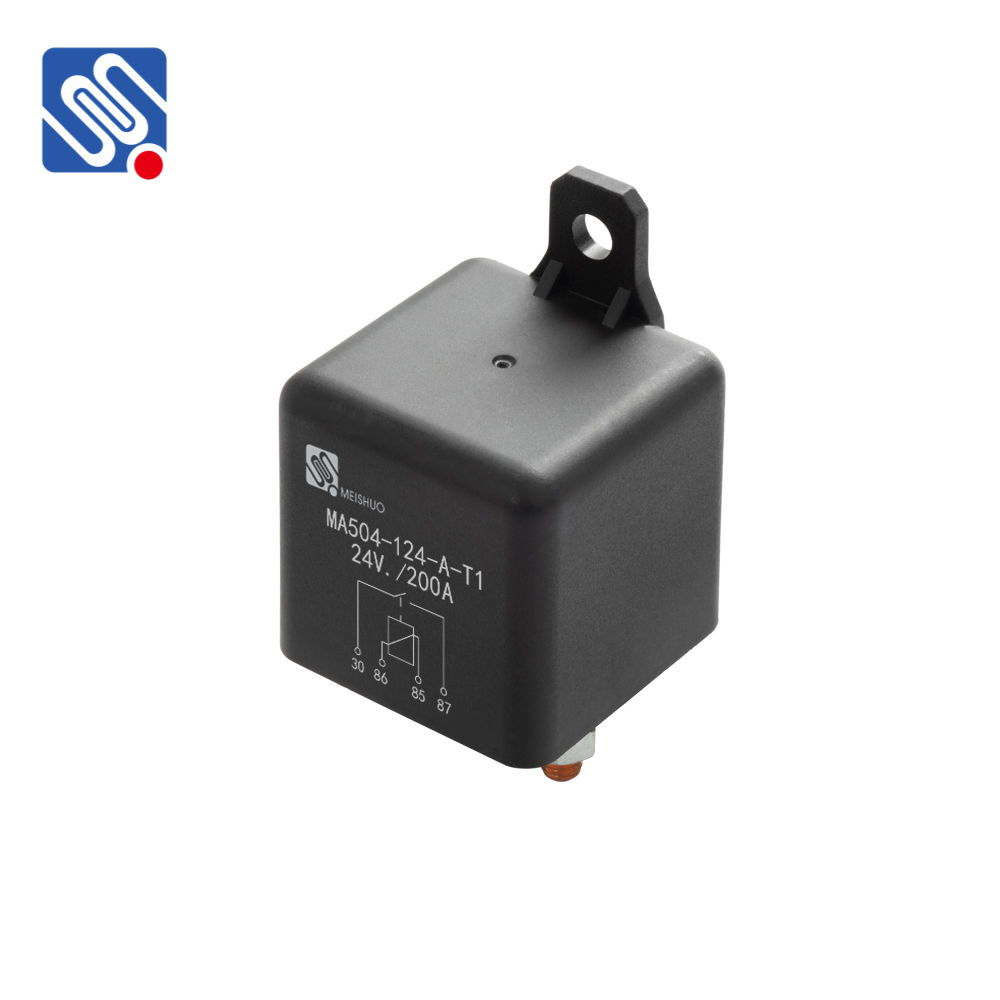Relay installation is a crucial aspect of electrical systems, ensuring proper operation and safety. Whether it’s for industrial, commercial, or residential applications, relays act as electrical switches that can control circuits remotely, offering protection, automation, and load management. In this article, we will explore the importance of proper relay installation, steps to follow, common mistakes to avoid, and best practices for ensuring long-lasting and reliable performance.

The Importance of Relay Installation Relays are essential components in many electrical systems, especially in the context of controlling high-current circuits using low-current signals. In an industrial setting, relays are often used in motor control circuits, protection systems, and automation systems. The key benefit of using relays is their ability to isolate control circuits from the power circuit, thereby preventing damage to sensitive components and enhancing safety. For instance, in a motor control system, a relay can be used to turn the motor on or off without directly handling high-voltage current. Instead, a low-voltage control signal triggers the relay to activate the motor’s high-voltage circuit. This not only protects the control system but also provides flexibility in terms of remote control.